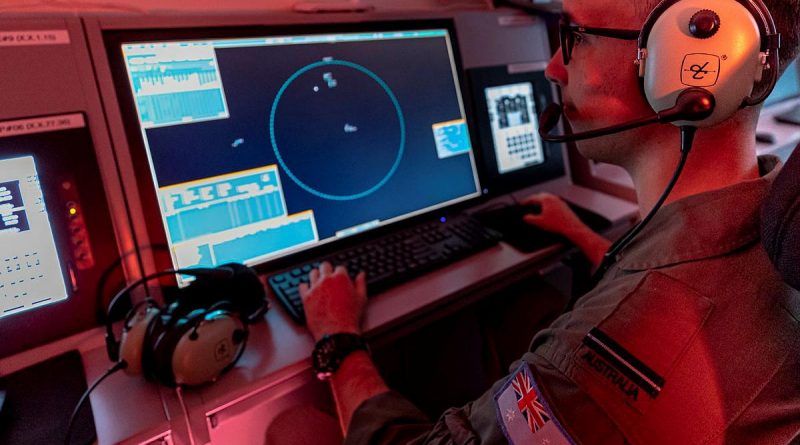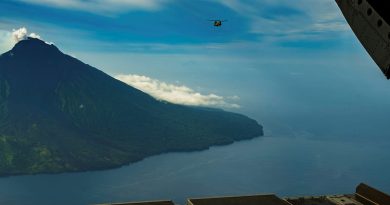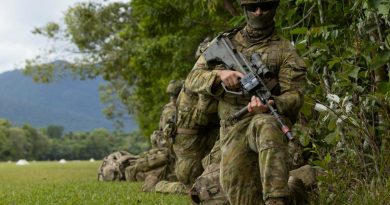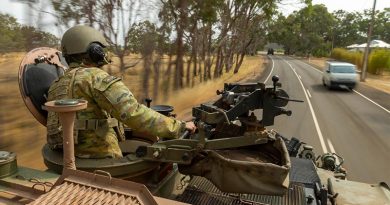Multi-national air-force exercise held in synthetic battlespace
Share the post "Multi-national air-force exercise held in synthetic battlespace"

Royal Australian Air Force personnel and their allies from Canada, the United States and the United Kingdom were challenged on Exercise Coalition Virtual Flag 22-1 (CVF22-1).
CAPTION: An air battle manager from No. 2 Squadron at RAAF Base Williamtown conducts surveillance operations on Exercise Coalition Virtual Flag 22-1. Story by Flight Lieutenant Nat Giles. Photo by Leading Aircraftwoman Catherine Kelly.
Held from October 25 to November 5, CVF22-1 was a US Air Force-led, large-scale, virtual, constructive activity, where participants, joining the fight from their own homeland, honed their skills via simulators in the synthetic battlespace.
Exercise Director Wing Commander Michael Tully said the virtual exercise aimed to cultivate international partnerships and enhance Australia’s interoperability with the United States Air Force (USAF), United States Navy, Royal Canadian Air Force and the Royal Air Force.
“Coalition Virtual Flag 22-1 offered unique training opportunities that are not normally accessible in other exercises,” Wing Commander Tully explained.
“Coalition Virtual Flag 22-1 provided vital training for our squadrons and supports the continued development of distributed mission training capabilities in the ADF.”
The Air Warfare Centre’s – Distributed Training Centre at RAAF Base Williamtown facilitated the training scenarios via an integrated simulation network across multiple assets and locations.
“CVF is designed to provide training to both operational and tactical war fighters, utilising a wide array of platform simulators, virtual mission training systems and constructive entities,” Wing Commander Tully said.
“It challenges the participants with executing and developing tactics for several of the USAF high-interest areas, such as CAS [close air support] in a fifth-generation environment, massed drone attacks, multi-domain suppression of enemy air defences, high-risk dynamic targeting and conventional and nuclear integration while facing both near-peer and low-end adversaries.”
Units from around Australia participated in the exercise, including a full range of air battle manager roles from No. 2 Squadron’s virtual E-7A simulator.
No. 41 Wing’s virtual control and reporting centre provided high-end warfighting capabilities, while the rapid airlift of critical force elements into contested and denied environments came from No. 37 Squadron’s virtual C-130J and No. 36 Squadron’s virtual C-17A simulators.
No. 83 Squadron’s Distributed Ground Station Australia Training System provided real-time, or near real-time, multi-source fused intelligence product.
“CVF22-1 was a very successful exercise and demonstrated the utility of distributed mission training and LVC [live, virtual and constructive] capabilities in achieving fifth-generation training outcomes,” Wing Commander Tully said.
.
.

.
.
Share the post "Multi-national air-force exercise held in synthetic battlespace"





